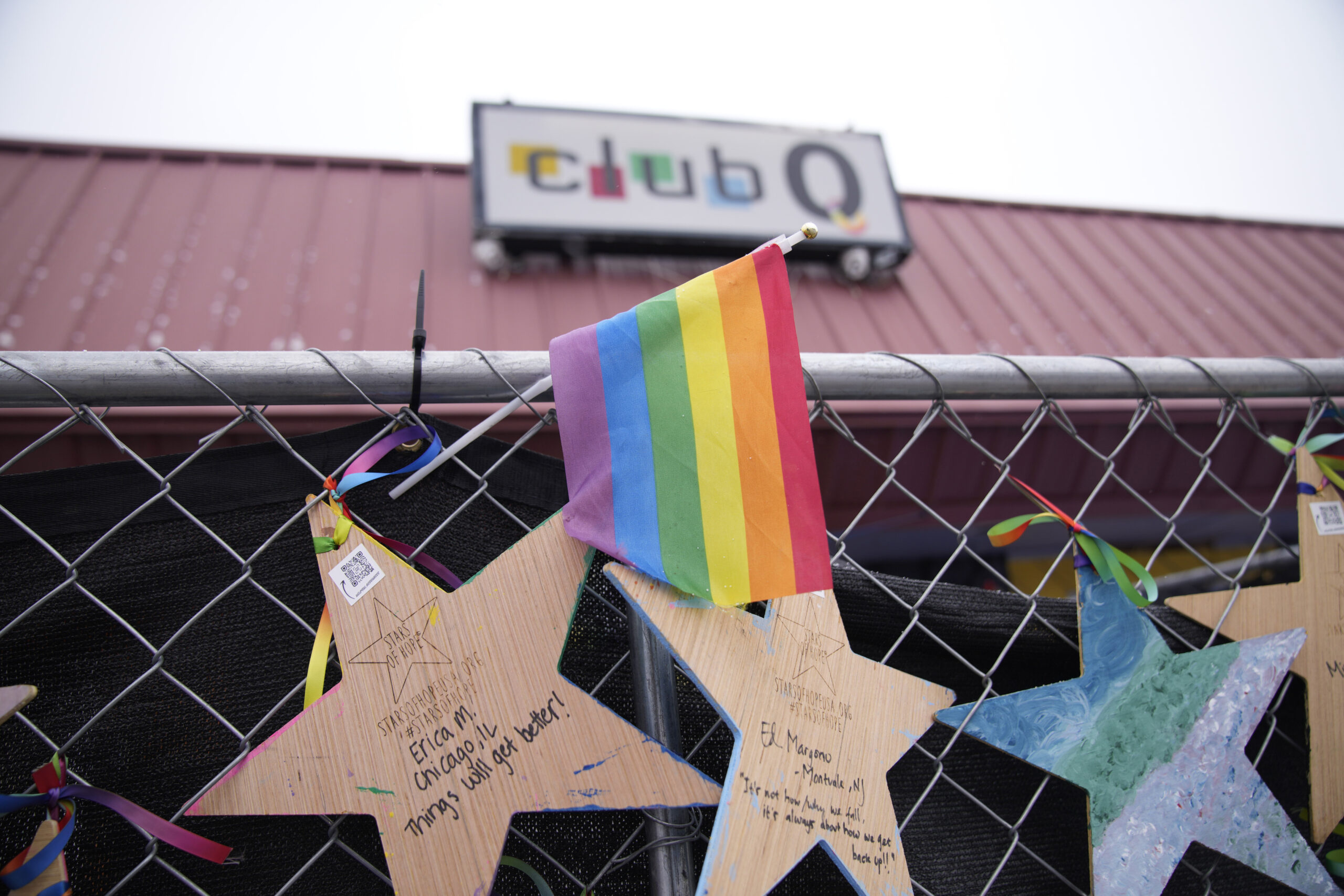A sweeping study released this week found that public knowledge of Extreme Risk Protection Order laws, and public attitudes toward their implementation, is crucial to how effective and expansive they are. Sometimes referred to as “red flag” laws, ERPOs work to prevent gun tragedies by allowing law enforcement, family members, or friends to petition courts for a civil order to temporarily separate people in crisis from access to firearms.
Forms of the law have been enacted in 21 states and Washington, D.C., many of them in reaction to the Parkland mass shooting in 2018.
Commissioned by the Joyce Foundation, the study was undertaken by the Ad Council Research Institute and published in conjunction with the institute’s public messaging campaign, begun in August 2018, on safe storage. Among its findings is that more effective communication about how these laws work can help keep communities safe from gun violence. (The Joyce Foundation provides funding to The Trace.)
A forthcoming toolkit related to the study will provide guidance on public awareness, messaging, and implementation, including how to identify a trusted source and how to best frame educational messaging around the laws. “This toolkit and research set up organizations with knowing what we know, bypassing some of the challenges, and focusing on opportunities where there is common ground,” said Derrick Feldmann, the lead researcher on the study and managing director of the Ad Council Research Institute.
One of the most comprehensive of its kind, the study surveyed more than 10,000 respondents from 19 states that currently have laws for extreme risk protection orders, in addition to Washington, D.C. The research comes at a time when ERPO Programs are being developed and implemented nationwide following the 2022 Bipartisan Safer Communities Act, which incentivized states by including provisions for mental health, school safety, and the process of obtaining or accessing a firearm. The Biden administration followed up on these reforms by directing the federal government to increase public awareness of such programs, and their uses nationwide.
The study was made up of a racially, educationally, economically, and politically diverse pool, including gun owners, non-gun-owners, law enforcement, and veterans. It found that 65 percent of respondents were aware of protection orders but only 7 percent considered themselves very familiar with the laws.
Along with state-specific information, the authors suggest that two frames work best to inform and motivate the public about ERPOs: “success stories,” or personal anecdotes from people who used the law successfully, and what the study referred to as “lethal combination,” a frame which places an emphasis on the laws’ design to prevent negative action by a person at risk and who has access to a firearm, rather than being a punishment.
Respondents in the study wanted clear and precise information on what evidence is needed for a successful ERPO petition, and individuals who are close to someone in crisis — at risk of harming themselves or others — wanted more information on the laws, as well as crisis resources generally. By contrast, the study noted that people who didn’t know someone in crisis were less likely to find relevance in the messaging, though the majority of all respondents found the message frames somewhat relevant.
With more detail about the ERPO process, respondents’ concerns about the law’s temporary nature, how it is used by law enforcement, and how the legal system applies it, increased. While fewer than half of all respondents believed the laws would be fairly enforced, or trusted the legal system to apply it correctly, there was more concern among Black and Hispanic participants, as well as those in Gen Z and millennial generations, about law enforcement’s discretion to enforce them. (There was slightly lower awareness of the laws among Black and Gen Z respondents.)
As in the ACRI study, factors like political affiliation, race, and gender all have been found to play a role in Americans’ attitudes toward gun policy and their storage practices. But among these respondents the general population often agreed: 75 percent had positive feelings towards red flag laws once detailed information was shared about the laws’ ability to prevent suicides and mass shootings through the removal of firearms.
Studies led by the Johns Hopkins School of Public Health found that ERPOs have been used to prevent threats of suicide and other acts of violence like mass shootings, and studies that have analyzed ERPO laws in California found that these orders prevented 21 mass shootings from taking place between 2016 through 2018. The Los Angeles County Board of Supervisors recently began a public outreach campaign to increase public knowledge about using gun violence restraining orders because, although there is a law in place, it is rarely used.
Feldmann, the researcher, said the toolkit provides a starting point for organizations to reexamine their existing work on these laws, to create “momentum around the communication work they are doing, and try to avoid some of the pitfalls that could come up in the process.”

